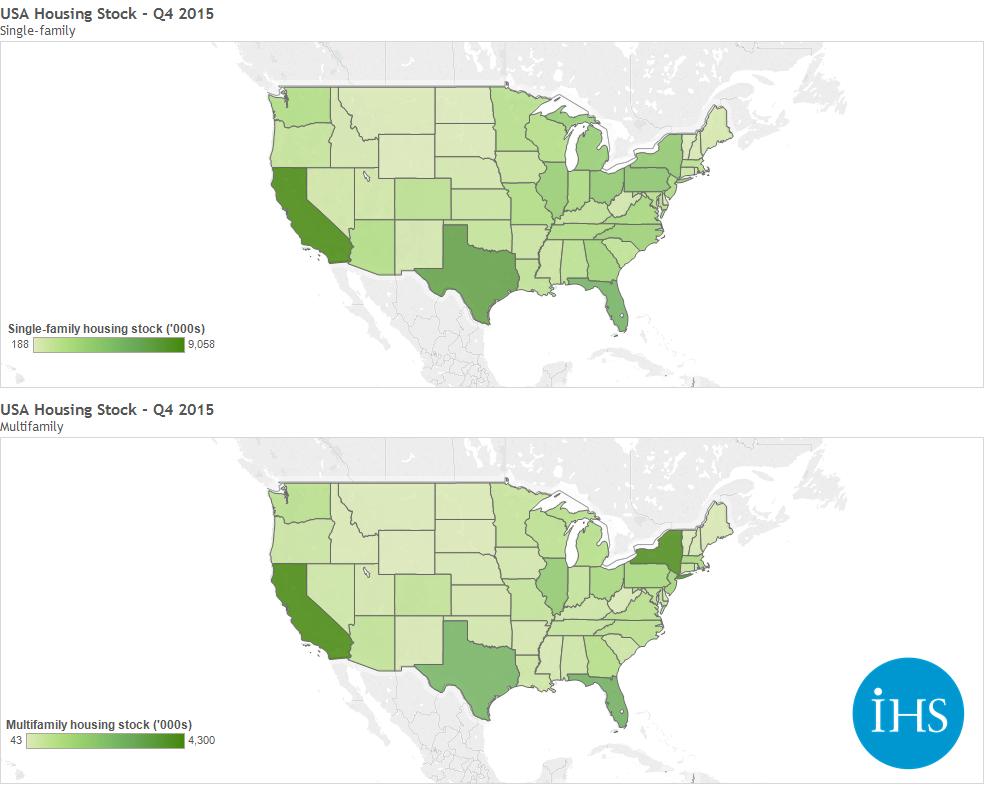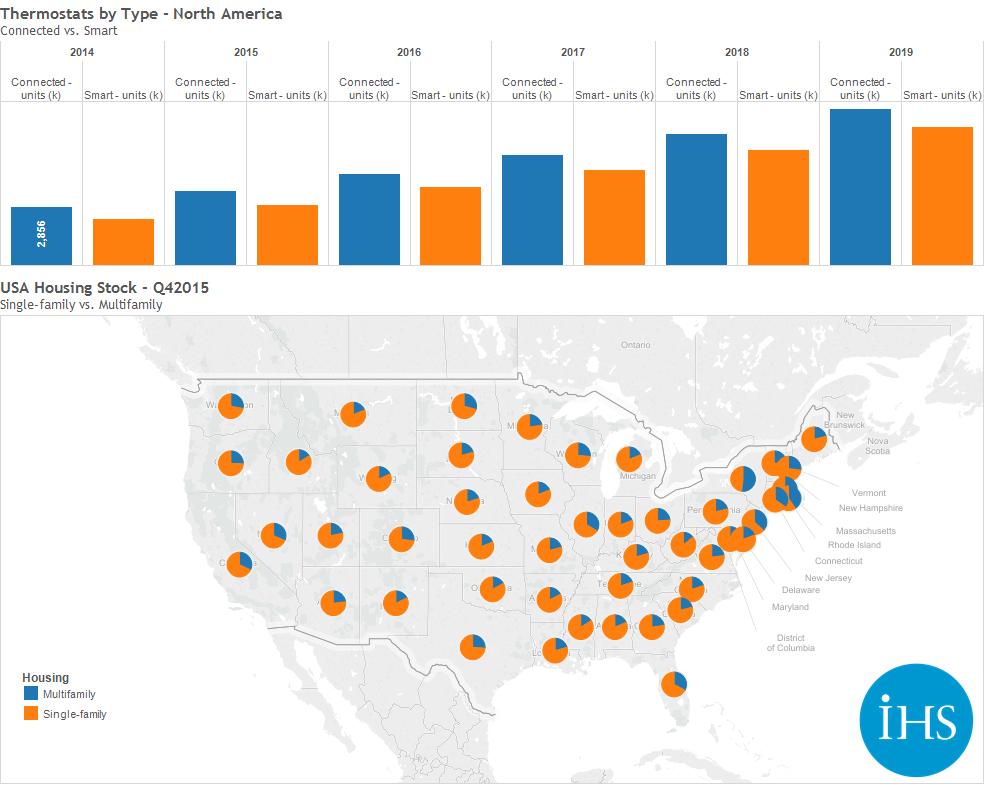With the introduction of the Nest Learning Thermostat in 2011, many manufacturers have brought connected and smart thermostats to the market, in an attempt to capture or maintain market share.
Their assumption is that these devices will dominate the thermostats market in five to 10 years. Thermostats that were once unconnected, locally controlled devices now have the potential to be the center of many Internet of things (IoT) devices that act independently and with limited input from users. Smart and connected thermostats are, therefore, expected to make up a significant share of the thermostats market in the coming years.
But how much growth is needed to displace the installed base of traditional thermostats, and how sustainable are current growth trajectories?
An aggressive growth projection of 15 million smart thermostats sold annually in North America by the end of 2019 fails to take into account the following mitigating factors:
- Connected thermostats (i.e., thermostats that connect to the Internet but do not make decisions on heating and cooling settings like the Nest or other smart thermostats), will remain attractive to multi-system operators and home-security providers because they can install intelligence around these types of devices
- Between 2016 and 2019, the number of single-family and multi-family dwellings in North America is expected to increase only slightly, from 145.8 million to 150.3 million
- People who need to replace a thermostat, rather than those who want to replace one, are more likely to be concerned with price, rather than with additional functionality

In the worst-case market scenario, the current 21% smart thermostat penetration of total thermostat annual unit sales would remain unchanged in 2019. The products would be priced too high, making connected thermostats the preferred products for consumers.
In the best-case scenario, 65% of annual thermostat unit sales would be smart thermostats; however, reaching this level would be difficult, if not wholly unrealistic because it would require a full 3% of all thermostat owners to replace a functioning thermostat. Furthermore, all of the thermostats that fail each year would have to be replaced by smart thermostats, which would not happen for a host of reasons (e.g., office and residential landlords tend to install the cheapest products, to save on overhead costs).
By taking these and other factors into account, IHS estimates that smart thermostats will grow at a compound annual growth rate (CAGR) of 25% and comprise nearly one-third (30%) of thermostats sold in North America in 2019. While this growth forecast is not quite as attractive to manufacturers and retailers as the best-case scenario noted above, it is much more realistic, because it does not get caught up in the hype and provides a reasonable expectation for the market.
Comment on this article below or via Twitter: @M2MNow OR @jcm2m











